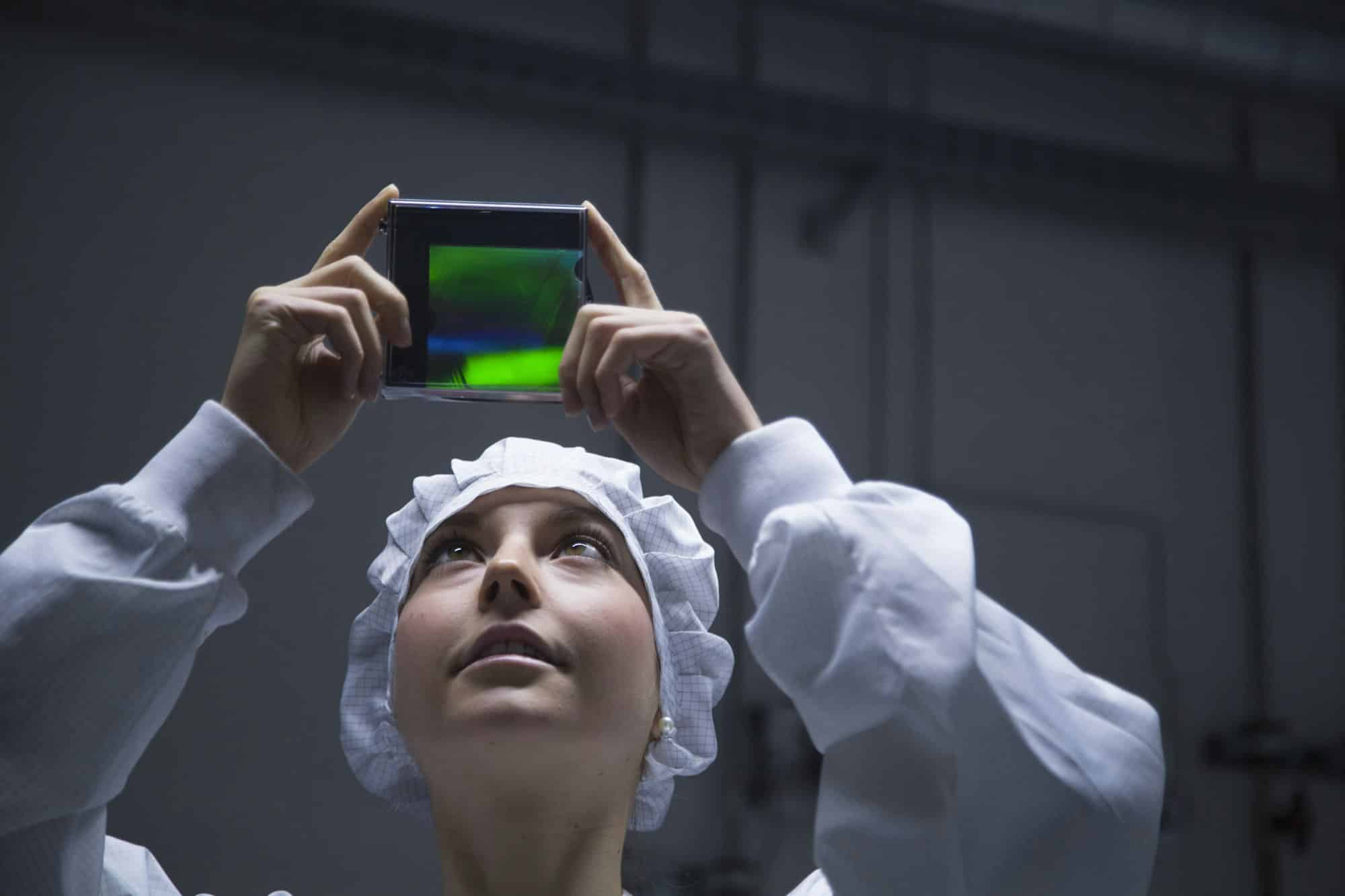Can 3D Holographic Displays Become a Mainstream Communication Tool?

Welcome to the future of communication. Imagine a world where you can feel the presence of your loved ones thousands of miles away, not through a flat screen, but in a 3-dimensional form. This article explores the potential of 3D holographic displays becoming a mainstream communication tool.
The Rise of 3D Holographic Technology
In recent years, the world has witnessed a significant surge in the development and use of 3D holographic technology. This innovative and futuristic technology, once only a figment of science fiction, has now stepped into the realms of reality, offering promising potential for revolutionizing various industries.
Avez-vous vu cela : What’s the Latest in Autonomous Marine Vessels for Oceanographic Research?
3D holographic technology has been making headways in several sectors, including entertainment, advertising, and healthcare. Thanks to massive advancements in lasers, optics, and data processing, 3D holography has transformed from a novelty into a practical tool.
Despite its promising potential, the question remains: can 3D holographic displays become a mainstream communication tool? Let’s delve into the factors that may influence its transition into mainstream communication.
A lire en complément : What Advances in Smart Toothbrush Technology Are Enhancing Oral Health Care?
The Potential of 3D Holography in Communication
Just like any other revolutionary technology, 3D holography has the potential to disrupt traditional communication methods. Imagine having a lifelike meeting with your co-workers located in different parts of the world, or being able to interact with your distant family members as if they were physically present.
This isn’t a far-fetched idea. Some tech companies are already developing 3D holographic communication tools. For instance, in 2020, Microsoft announced its plans to introduce Mesh, a mixed-reality platform that enables users to interact with holograms of others, irrespective of their location.
That said, the transformation of 3D holography into a mainstream communication tool will largely depend on several factors including cost, accessibility, and user acceptance.
Overcoming the High Costs of 3D Holography
One of the primary roadblocks to the mainstream adoption of 3D holography is the high cost of holographic displays and equipment. As of now, the technology requires specific hardware and high computing power, which makes it expensive to produce and consume.
However, if history has taught us anything, it’s that technological advancements can dramatically reduce costs over time. Remember, flat-screen TVs and smartphones were once considered luxury items, but with innovations and mass production, they became affordable and widely used.
Similarly, the cost of 3D holographic displays and equipment is expected to decrease as technology progresses, making it more accessible for the masses.
Increasing User Acceptance and Accessibility
While cost is a significant factor, user acceptance and accessibility are equally crucial for 3D holography to become mainstream.
The transition from 2D to 3D interfaces can be challenging for many users. However, digital literacy is ever-increasing, and with the younger, more tech-savvy generation growing up, the adaptation to 3D holography could become more natural.
In terms of accessibility, 3D holography needs to be made available to a wider audience. It’s not just about reducing the cost; it’s also about creating an ecosystem where 3D holography becomes a standard feature in our devices, similar to how touchscreens have become ubiquitous today.
The Future of 3D Holography in Communication
Despite the challenges, the future of 3D holography in communication looks bright. As technology continues to advance, we can expect to see a gradual shift towards the use of 3D holographic displays as a common communication tool.
No longer confined to the realms of science fiction, 3D holography is set to change the way we communicate, bringing us closer to each other despite physical distances. It’s not a question of ‘if’, but ‘when’ 3D holography will become a mainstream communication tool.
Remember, innovation is the driving force behind technological progress. With constant innovations in 3D holographic technology, we are paving the way for a future where distance is no longer a barrier to communication.
Just imagine, in a few years, you might be saying, "Beam me up, Scotty!" and it won’t be just in jest.
Utilizing 3D Holography in Various Sectors
While we are a long way from using 3D holography as a day-to-day communication tool, it is already being utilized in various sectors to great effect. In the medical field, for instance, 3D holography is being used for complex surgeries and medical training. Doctors can create a 3D holographic image of a patient’s anatomy, allowing them to plan surgeries more effectively.
Similarly, in the education sector, 3D holography is being explored as a method for immersive learning. Teachers could use holographic displays to explain complex concepts, making lessons more engaging and interactive.
In the realm of entertainment, 3D holography has already made a mark. From reviving deceased artists for posthumous performances to enhancing the viewer’s experience in movies and video games, holographic technology is creating waves.
These examples highlight the versatility and potential of 3D holography, suggesting that it could indeed become a mainstream communication tool in the future. However, further advancements and solutions to existing challenges are necessary to make this a reality.
Conclusion: Embracing the Future of Communication
In conclusion, while there are currently constraints such as high costs and accessibility that prevent 3D holography from becoming a mainstream communication tool, the future holds immense potential. With technological advancements and a greater focus on digital literacy, it’s only a matter of time before these barriers are overcome.
Just as we have transitioned from landline telephones to mobile devices and from traditional mail to email, it’s plausible that we will soon see another communication evolution with 3D holography.
The current applications of 3D holography in sectors like healthcare, education, and entertainment are evidence of its potential. As we continue to innovate and challenge the boundaries of what’s possible, the day may not be far when we can truly feel the presence of our loved ones through 3D holographic displays, regardless of the physical distances between us.
The future of communication is exciting, and it seems 3D holography will play a significant role in shaping it.
